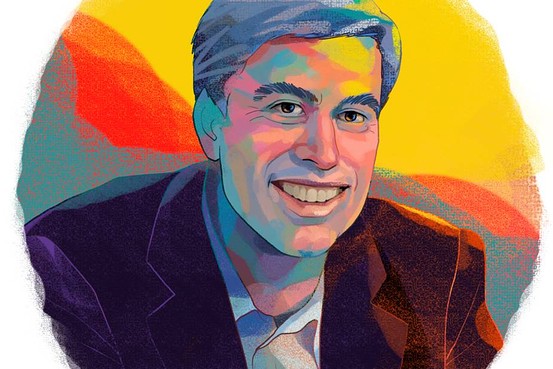
The Rider and the Elephant
Life presents an endless opportunity for rational choice to confront the weakness of will. This endless challenge defines and shapes us for better or worse. The essence of human behavior change resides at this nexus.
To appreciate the basis for human behavior is it helpful, if not essential, to the observe the relationship that exists between the emotive and cognitive mind.
For the sake of understanding, the basics of human struggle can be reduced to a rather simplified view that the mind is divided into parts that sometimes conflict. Yet, how to use this understanding and influence change is what is relevant to bring healing, health and wellness to individuals and communities.

Jonathan Haidt, PhD
An older metaphor about controlling animals has proven to be an elegant and useful way of explaining aspects of behavior change in respect to the divided self. Like a rider on the back of an elephant, the conscious, reasoning part of the mind has only limited control of what the elephant does.
![]()
In The Happiness Hypothesis, Jonathan Haidt introduced the concept of the rider and the elephant as way of understanding the divided mind. Haidt says: “The image I came up with for myself… I was a rider on the back of an elephant. I’m holding the reins in my hands, and by pulling one way or the other I can tell the elephant to turn, to stop, or to go. I can direct things, but only when the elephant doesn’t have desires of his own. When the elephant really wants to do something, I’m no match for him.”

Moving the elephant changes behavior
Using metaphor is helpful in explaining this relationship between the reason and emotion. The author states “It’s a rider placed on the elephant’s back to help the elephant make better choices. The rider can see farther into the future, and the rider can learn valuable information by talking to other riders or by reading maps, but the rider cannot order the elephant around against its will.”
The rider can’t just decide to change and then order the elephant to go along with the program. Lasting change can come only by retraining the elephant, and that’s hard to do.
We’ve been demonstrating for years that moving the elephant is possible with storytelling.
Conventional approaches focus on the rider – but clearly the rider isn’t driving. Storytelling touches the root of human emotion, or in metaphorical terms, moves the elephant. Whether it’s a gripping testimony, compelling account, scenario recreation, or path to health, all are effective because they work on the elephant.










Some of the physicians in our practice would appreciate if you could provide the names of some clients who you’ve helped move the elephants of healthcare through storytelling. We’re feeling pressed by our own herd of pachyderms.